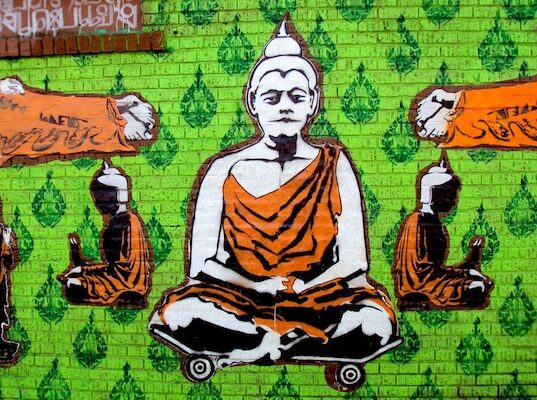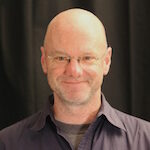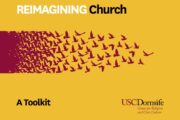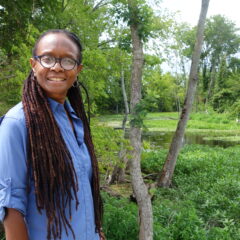A mindfulness teacher loosely associated with Against the Stream described his unconventional approach to meditation–keep a notebook close at hand to record your thoughts and feelings–as a more faithful reflection of the instructions in the Pali Cannon than many traditional forms of Buddhist practice.
In downtown L.A., an artist and urban pioneer said he was motivated to buy a small, neglected building where prostitutes and crack addicts were squatting after he had visions of a zendo and yoga studio in the space. This inspiration came to him during an intense meditation session with his teacher, an octogenarian Japanese monk living out his last days in a local monastery.
Both men connected their spiritual innovations to a quest for authenticity–an impulse to get back to the roots of the religious traditions that have captivated them.
As my colleague Nalika Gajaweera noted a few weeks ago, the popularity of meditation is on the upswing, particularly among spiritual-but-not religious “Nones” who are attracted to the practice’s health benefits as well as its compatibility with many other forms of belief (and non-belief). Two aspects of this surge of interest in meditation–the desire for an experiential or somatic component in spiritual practice and a concern for authenticity–remind me of some of the drivers of Pentecostalism’s appeal in the developing world.
A shift in focus toward unmediated individual experience, framed as a way of reclaiming the authentic spirit of a founding era, has characterized a wide array of reform movements–from the emergence of Mahayana Buddhism to the Protestant Reformation, along with countless smaller revivalisms, East and West, in more recent times.
Still, the experience of Samadhi–the state of undistracted awareness cultivated by meditators–isn’t the same as being slain in the Holy Spirit. Just as digging into ancient South Asian texts and having reverence for a teacher in the classic Buddhist mold is different from pining for the fervor of Christianity’s early apostolic age.
There are resonances between these two movements, but seeing them as the same phenomenon overlooks many of the particulars that distinguish meditating Nones and ecstatic Pentecostals–not least of all the fact that each group would likely be appalled at the suggestion that its adherents have something fundamentally in common with the other!
That said, among several of the groups we’ve begun to study as part of the Religious Competition and Creative Innovation (RCCI) project, this pairing of experience and authenticity has figured variously but clearly into the mix. Which points toward an irony that I expect we will regularly encounter in our pursuit of religious innovation: Many movements that are attracting new members during this period of spiritual flux and de-affiliation claim not to be doing something new but to be recovering something vital in their tradition that has been forgotten or simply overlain with too much ritual and hierarchy.
What is the irreducible nub of Buddhism–or Christianity, Islam, Judaism or Hinduism, for that matter? Is there a common set of characteristics that mark authenticity across traditions? Are any new religious movements in Southern California discovering this magic formula? On the other hand, how much of a given tradition can you strip away before you lose its essential spirit?
Check in with us as we explore these questions in future posts related to religious creativity and innovation.
Nick Street was a senior writer with the USC Center for Religion and Civic Culture.









